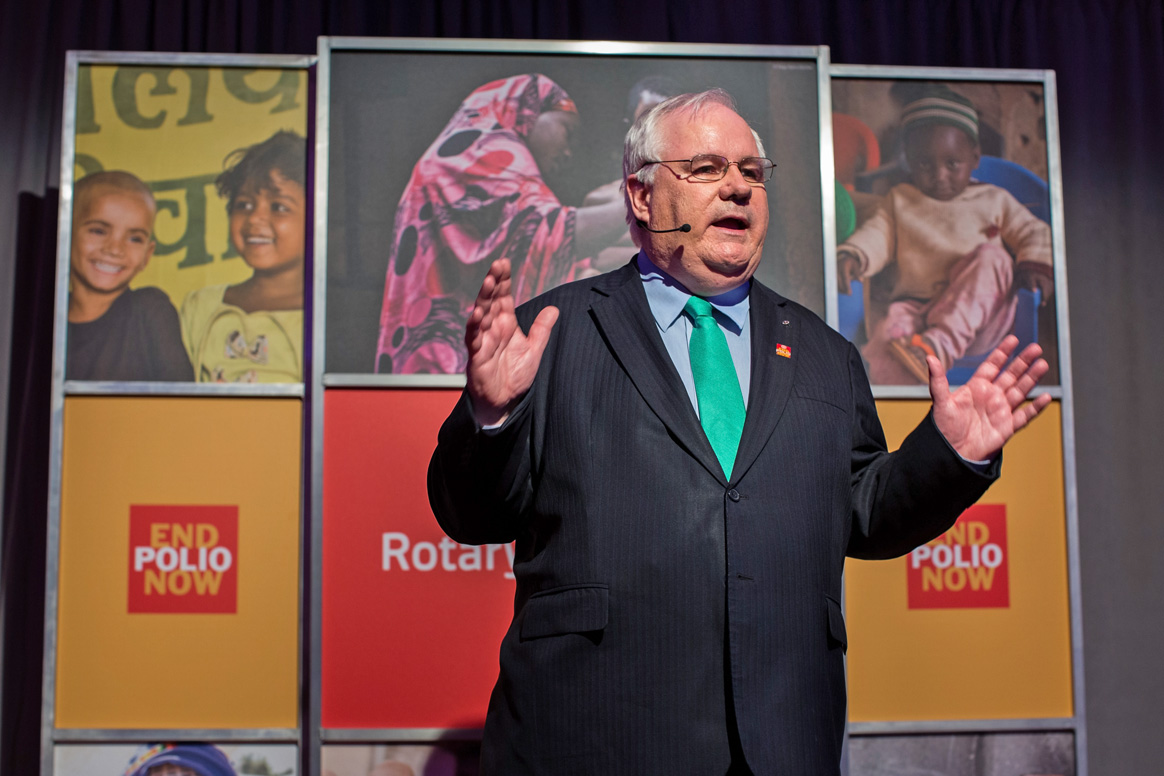
This World Polio Day, there is much to celebrate. This year to date has seen fewer children paralysed by polio than ever before and fewer children missed on vaccination campaigns, while surveillance systems have proved their strength by finding polioviruses that had previously slipped under the radar.
In the past three decades, the Global Polio Eradication Initiative (GPEI) has made incredible progress towards ending this disease forever. But the road to eradication is not an easy one, and hard work and innovations are a crucial part of achieving a polio-free world.
There are several stages that must be completed to eradicate a disease, from detailed preparation, a coordinated attack on the disease, consolidation and control of progress and finally, the endgame: achievement of the goal. Tactical persistence throughout the initial phases is what has brought the polio eradication programme 99.9% of the way towards finishing the job – but as seen in other eradication and elimination programmes, the final days require flexibility and new approaches to end the virus in its final hiding places.
This World Polio Day, we are recognising the innovations that are helping to bring us closer than ever to the end. The polio eradication programme is working in the three remaining polio endemic countries to find new ways to find and stop the virus in the reservoirs where it continues to circulate; is using new combinations of vaccines to optimize immunity, and finding new ways to deliver them.
Stay tuned to our Innovation for Eradication Spotlight Series in the coming months to find out about the innovations driving the GPEI towards the endgame.



